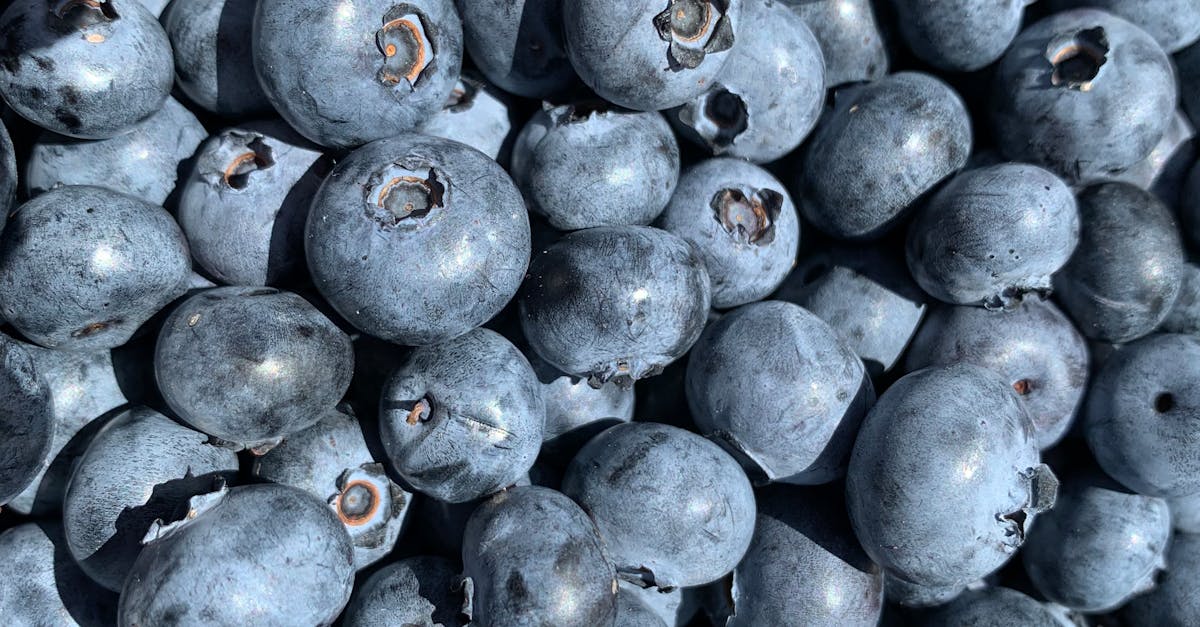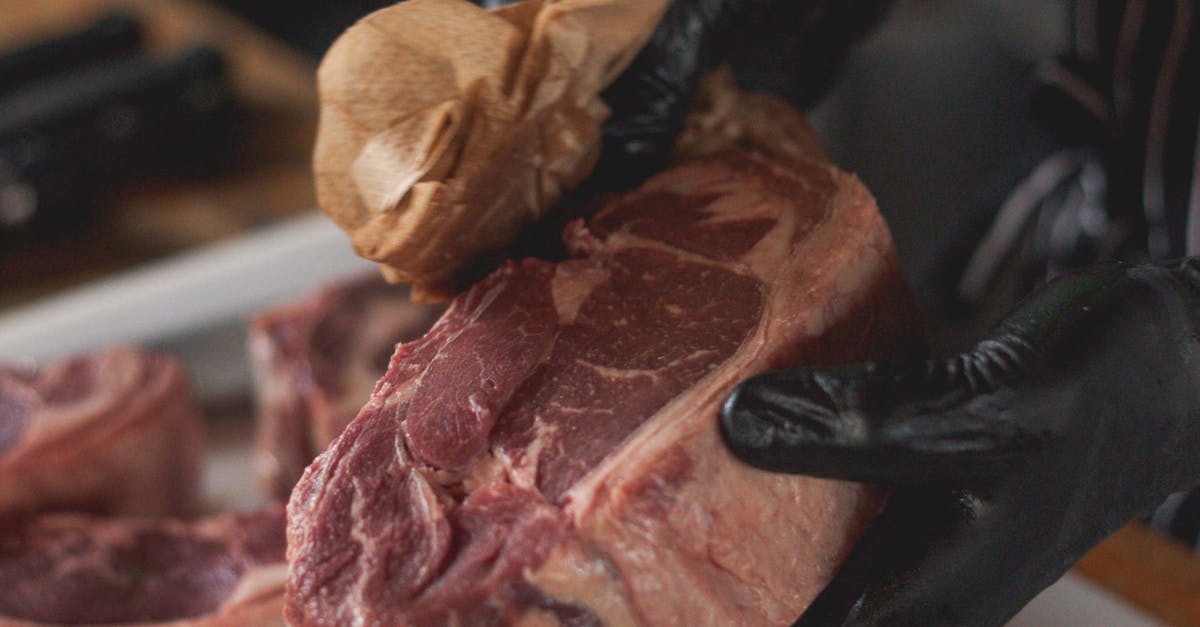
How To Make Gluten-free Bread At Home
- September 30, 2024
- 5 min Read
- Views 623
How to Make Gluten-Free Bread at Home
With the increase in dietary restrictions and food allergies, learning how to make gluten-free bread at home has become a popular and necessary skill. Homemade gluten-free bread can be just as delicious if not more so than store-bought versions, provided you follow the right recipe and techniques.
Why Choose Gluten-Free Bread?
Gluten-free bread is essential for people with celiac disease, a gluten allergy, or gluten sensitivity. However, it's also becoming a popular choice for those who want to reduce gluten from their diets for health reasons. Making your own gluten-free bread allows you to control the ingredients and avoid preservatives and additives often found in commercial bread.
Ingredients You Will Need
Making gluten-free bread at home starts with the right ingredients. You will need:
- Gluten-free flour blend: There are many on the market, or you can make your own. Common ingredients in these blends include rice flour, tapioca starch, potato starch, and xanthan gum.
- Yeast: Instant or active dry yeast will work.
- Liquid: This is usually water, milk, or dairy-free milk alternatives.
- Binding agents: Xanthan gum or guar gum helps to mimic the gluten structure.
- Sugar: Acts as a food for the yeast and adds sweetness.
- Salt: Adds flavor.
- Oil or butter: Adds moisture and richness.
- Eggs: Provide structure and moisture (for a vegan option, alternatives like flax eggs or chia seeds can be used).
Steps to Make Gluten-Free Bread at Home
Follow these steps to master the art of making gluten-free bread at home:
Step 1: Prepare Your Ingredients
Measure out all your ingredients precisely. Baking is a science, and accuracy is key to achieving consistent results. Ensure all ingredients are at room temperature unless specified otherwise.
Step 2: Activate the Yeast
If using active dry yeast, dissolve it in warm water (about 110°F or 43°C) along with a teaspoon of sugar. Let it sit for 5-10 minutes until it becomes frothy. If using instant yeast, you can skip this step.
Step 3: Mix the Dry Ingredients
In a large bowl or stand mixer, combine your gluten-free flour blend, xanthan gum (if not already in the flour blend), salt, and any other dry ingredients.
Step 4: Combine Wet Ingredients
In a separate bowl, whisk together your liquid (water, milk, or milk alternative), eggs (or egg substitute), oil or melted butter, and the activated yeast mixture if applicable.
Step 5: Mix Together
Slowly add the wet ingredients to the dry ingredients while mixing on low speed (if using a stand mixer with a paddle attachment). Once combined, increase the speed to medium and mix until the dough is smooth and thick. It will be more batter-like than traditional bread dough.
Step 6: Let the Dough Rise
Transfer the dough to a greased bread loaf pan. Cover it with a damp cloth or plastic wrap and let it rise in a warm, draft-free place until it has doubled in size. This can take anywhere from 30 minutes to 1 hour.
Step 7: Preheat the Oven
While the dough is rising, preheat your oven to 350°F (180°C).
Step 8: Bake the Bread
Once the dough has risen, place it in the preheated oven and bake for about 30-45 minutes, or until the bread is golden brown and a toothpick inserted into the center comes out clean. The internal temperature should reach 200°F (93°C).
Step 9: Cool the Bread
Remove the bread from the oven and let it cool in the pan for about 10 minutes before transferring it to a wire rack to cool completely. This step is crucial as it helps the bread to set and makes slicing easier.
Storing Gluten-Free Bread
Homemade gluten-free bread does not contain preservatives, so it will not last as long as store-bought versions. Here are some storage tips:
- Room Temperature: Store in an airtight container for up to 2 days.
- Refrigerator: Can be stored for up to a week but may dry out slightly. Warm slices in the toaster before eating.
- Freezer: Slice the bread and freeze it in a zip-lock bag. Use within 3 months. Toast or microwave slices directly from frozen.
FAQ
Can I use any gluten-free flour blend?
Yes, but results can vary based on the blend. Ensure the blend contains a mix of starches and flours for the best texture.
Do I need to add xanthan gum or guar gum?
If your flour blend does not contain one, adding it is crucial for binding and texture similar to regular bread.
Can I make gluten-free bread without yeast?
Yes, but it will have a different texture. Baking powder and baking soda can be an alternative leavening agents.
My bread turns out dense. What am I doing wrong?
Denseness can be due to not allowing the bread to rise sufficiently, inactive yeast, or too much liquid in the dough. Measure ingredients accurately and ensure the yeast is fresh.
Tags
Gluten-free bread, homemade gluten-free bread, gluten-free baking, how to make gluten-free bread at home, gluten-free diet, gluten-free recipes
References
People Also View
-
1October 13, 2024
-
2October 14, 2024
-
3October 05, 2024
-
4October 06, 2024
-
5September 29, 2024
Categories
- Near Me 2147 Posts
- How To 548 Posts
- Where To 257 Posts
- Why 90 Posts
- How Much 97 Posts
- Travel 202 Posts
- Food And Drink 815 Posts
- Shopping 797 Posts
- Lifestyle 1050 Posts
- Automotive 364 Posts
- Digital Income 70 Posts








